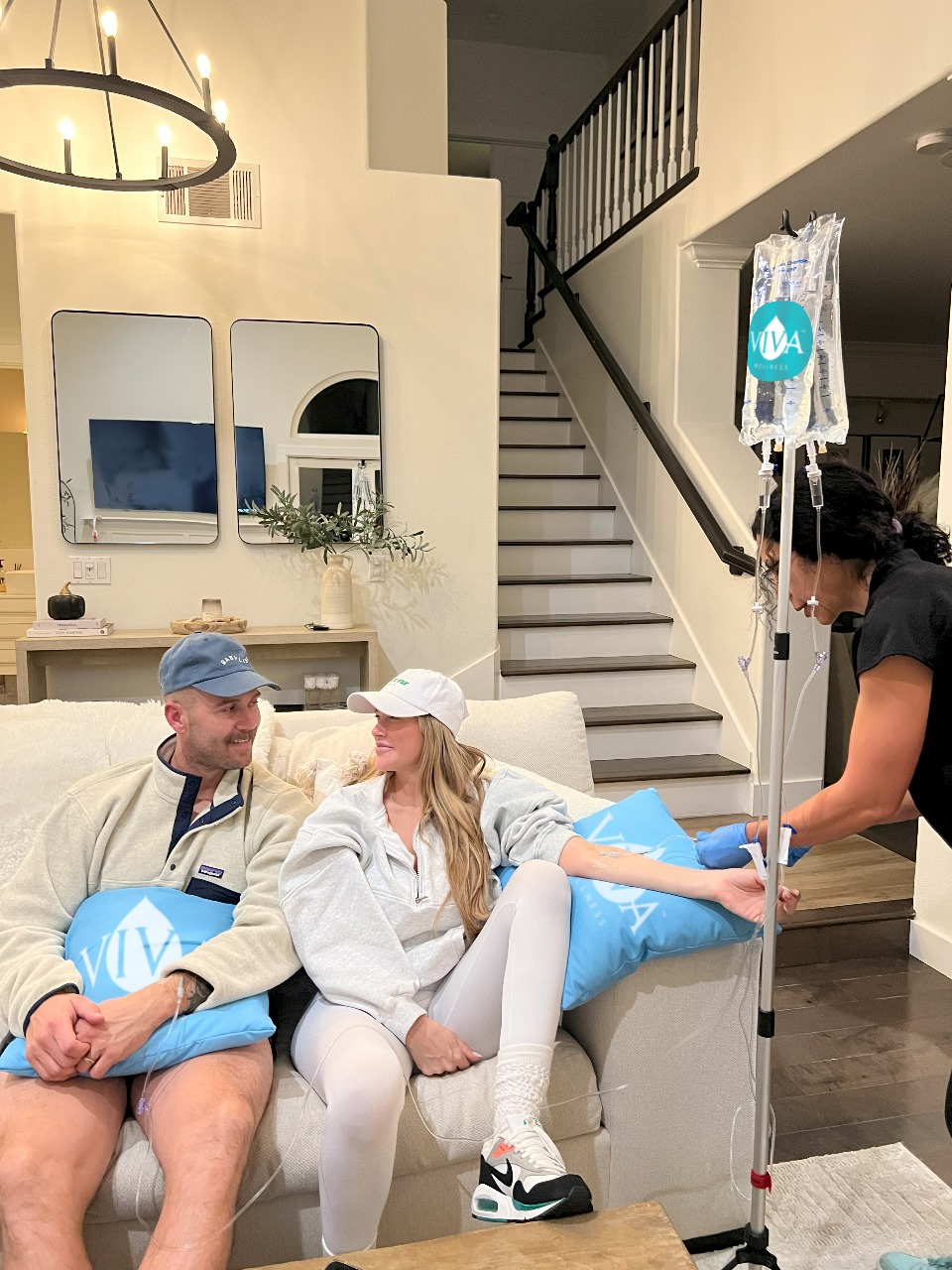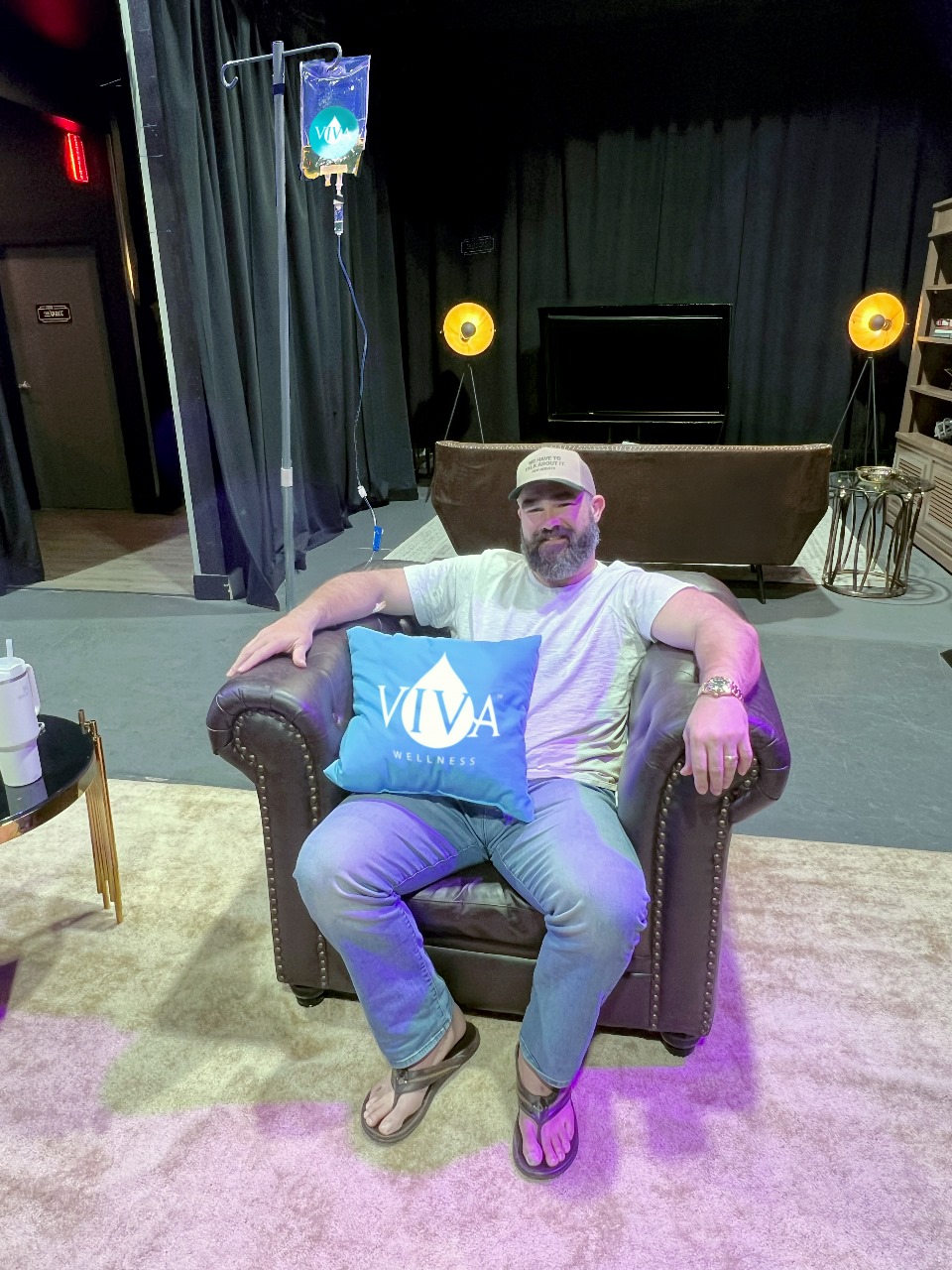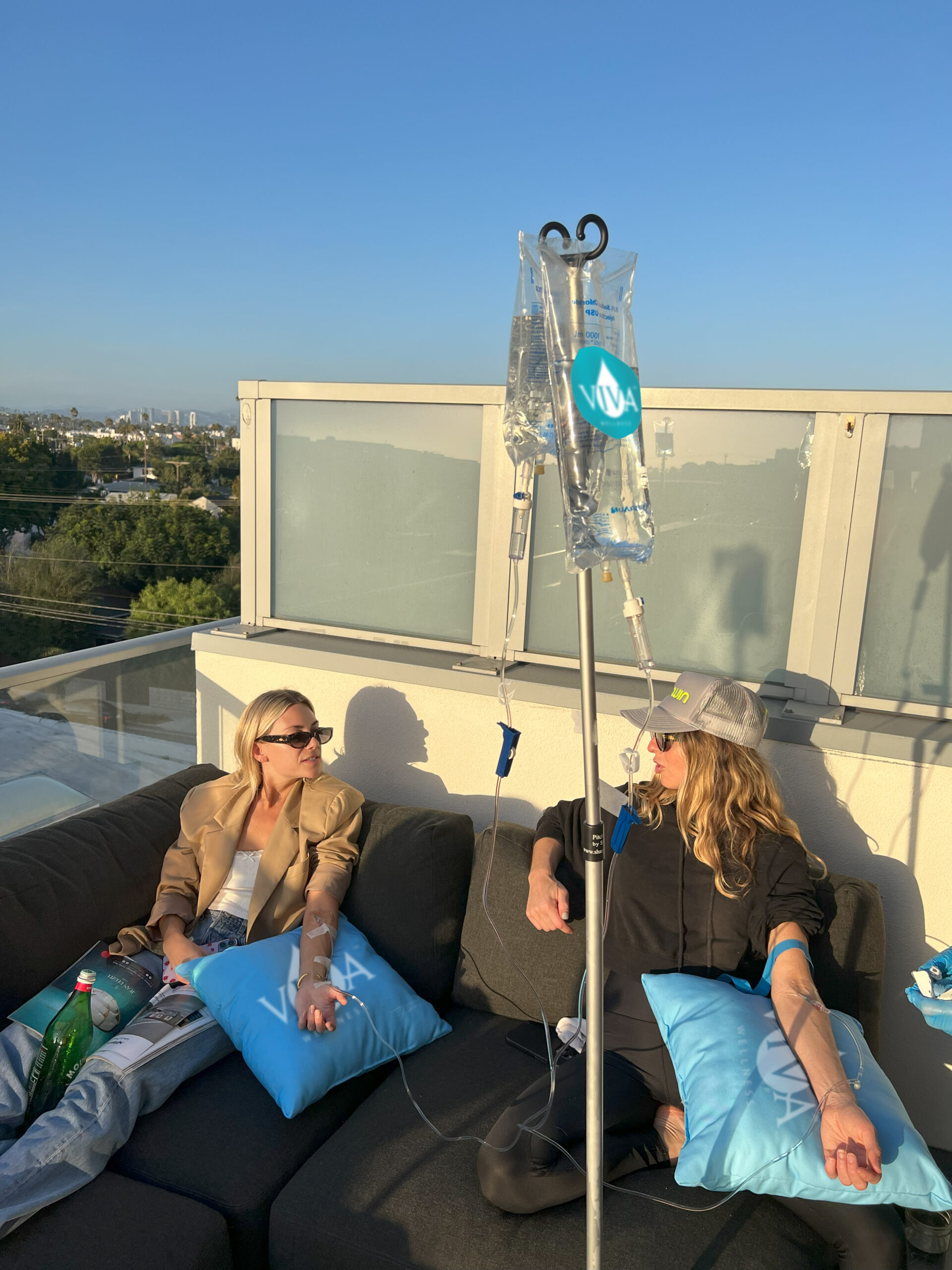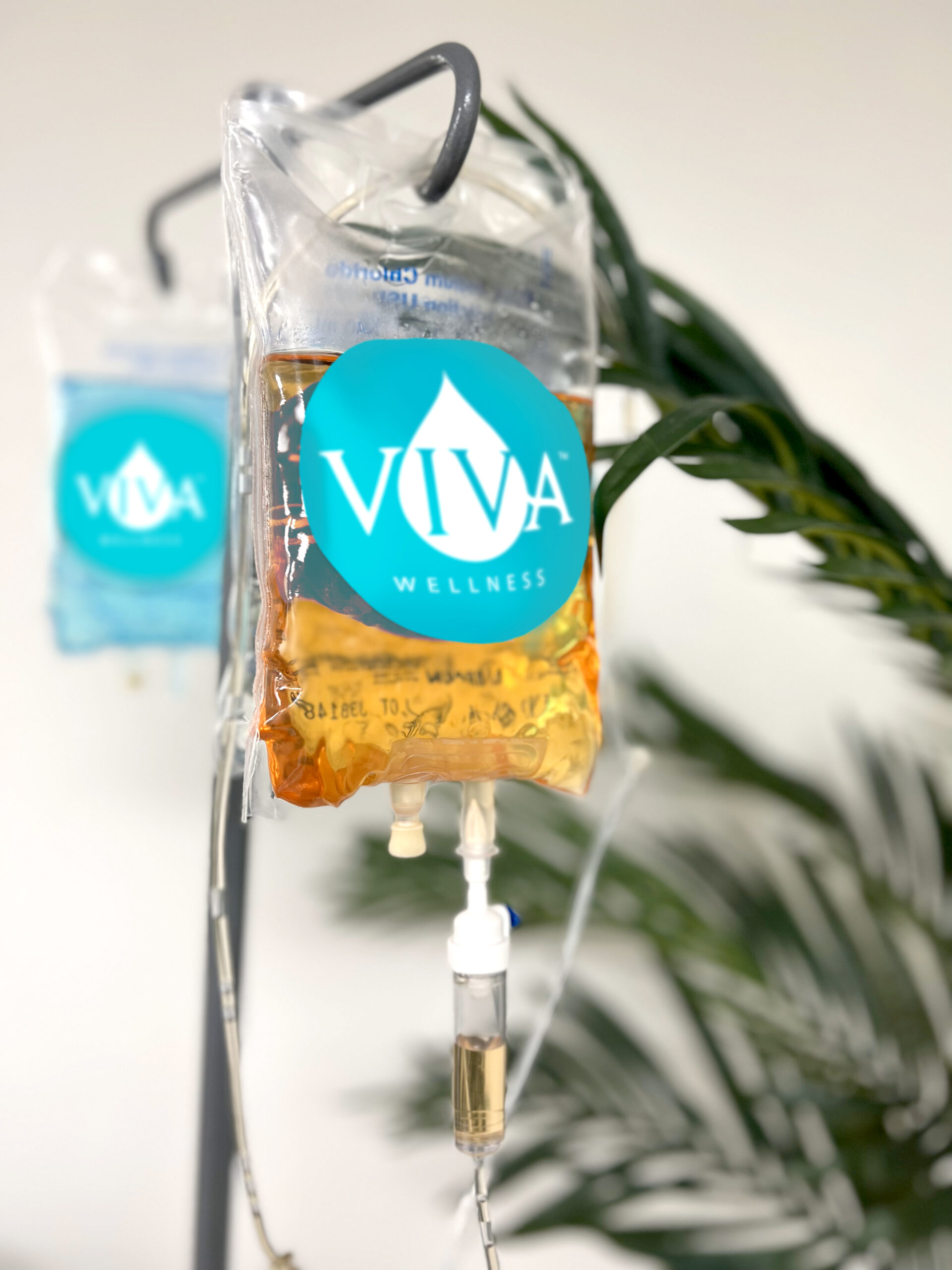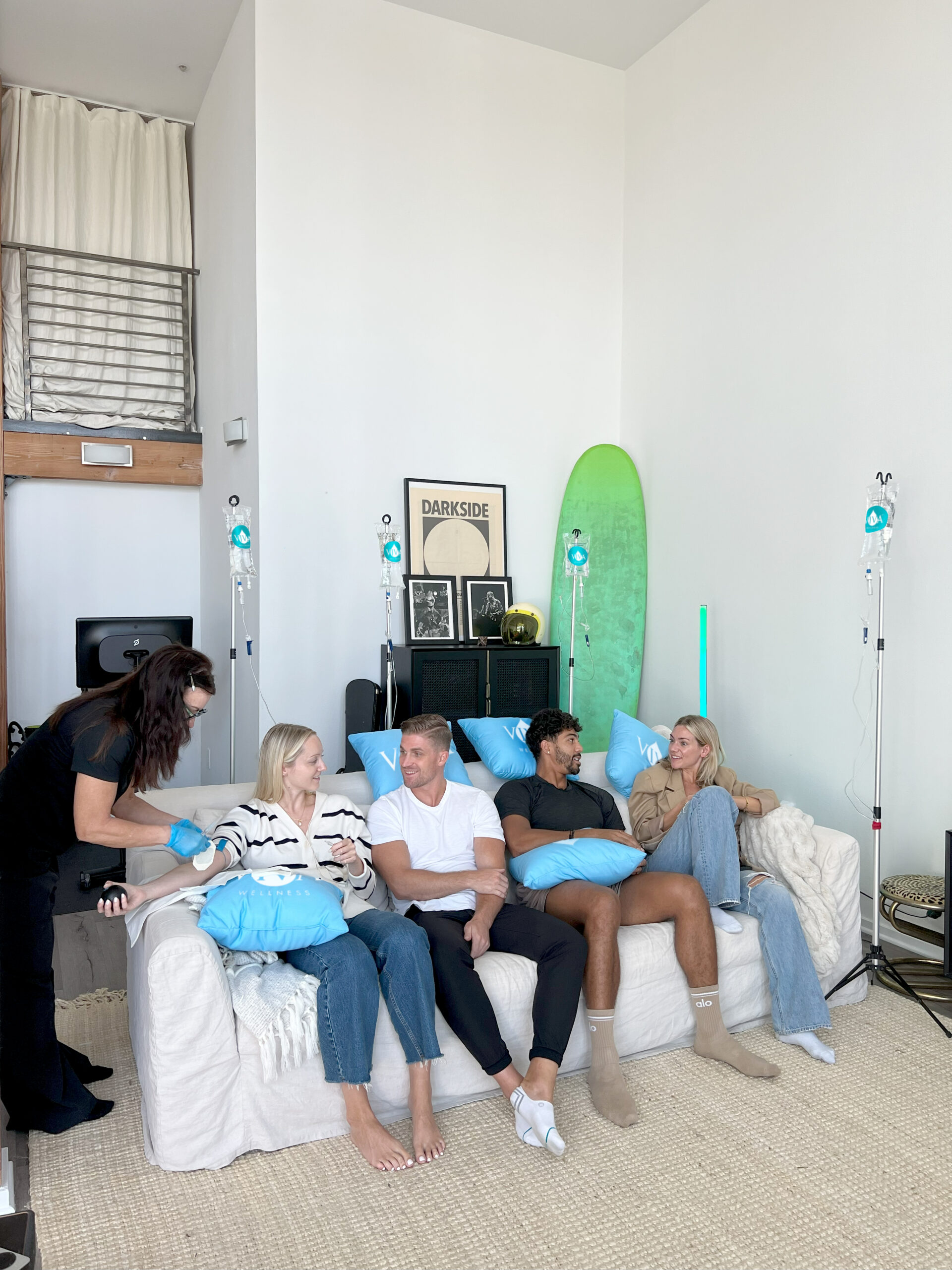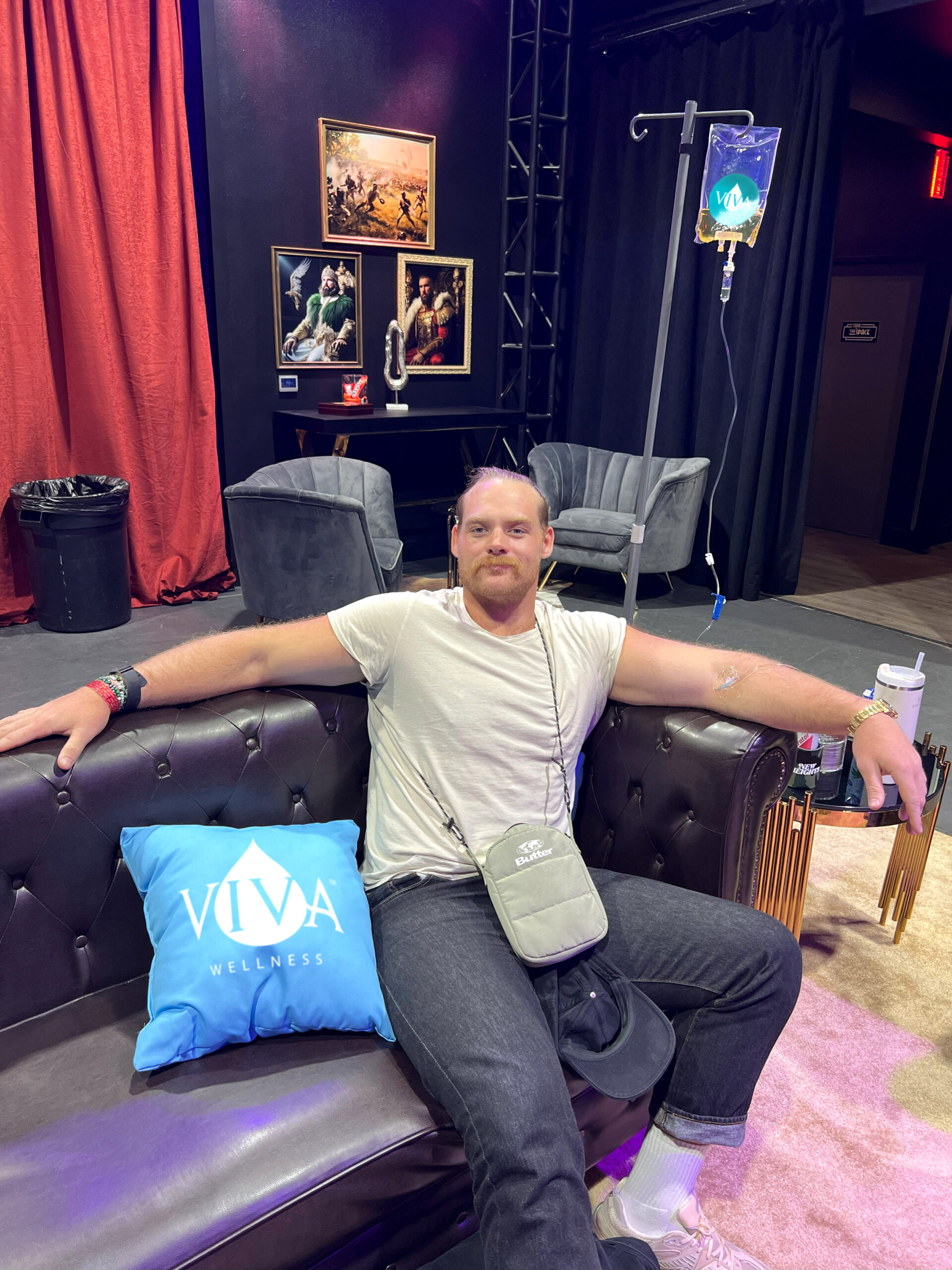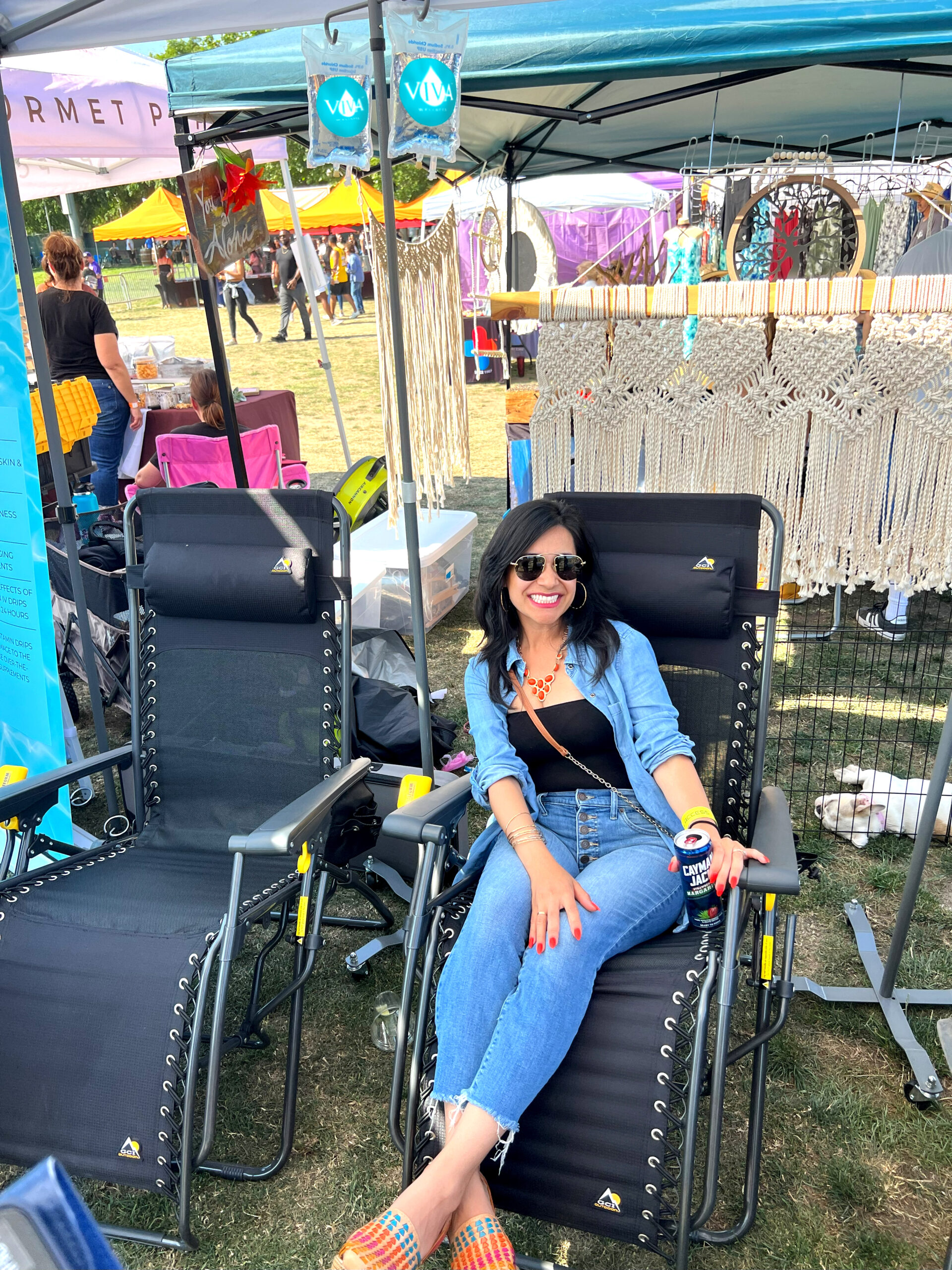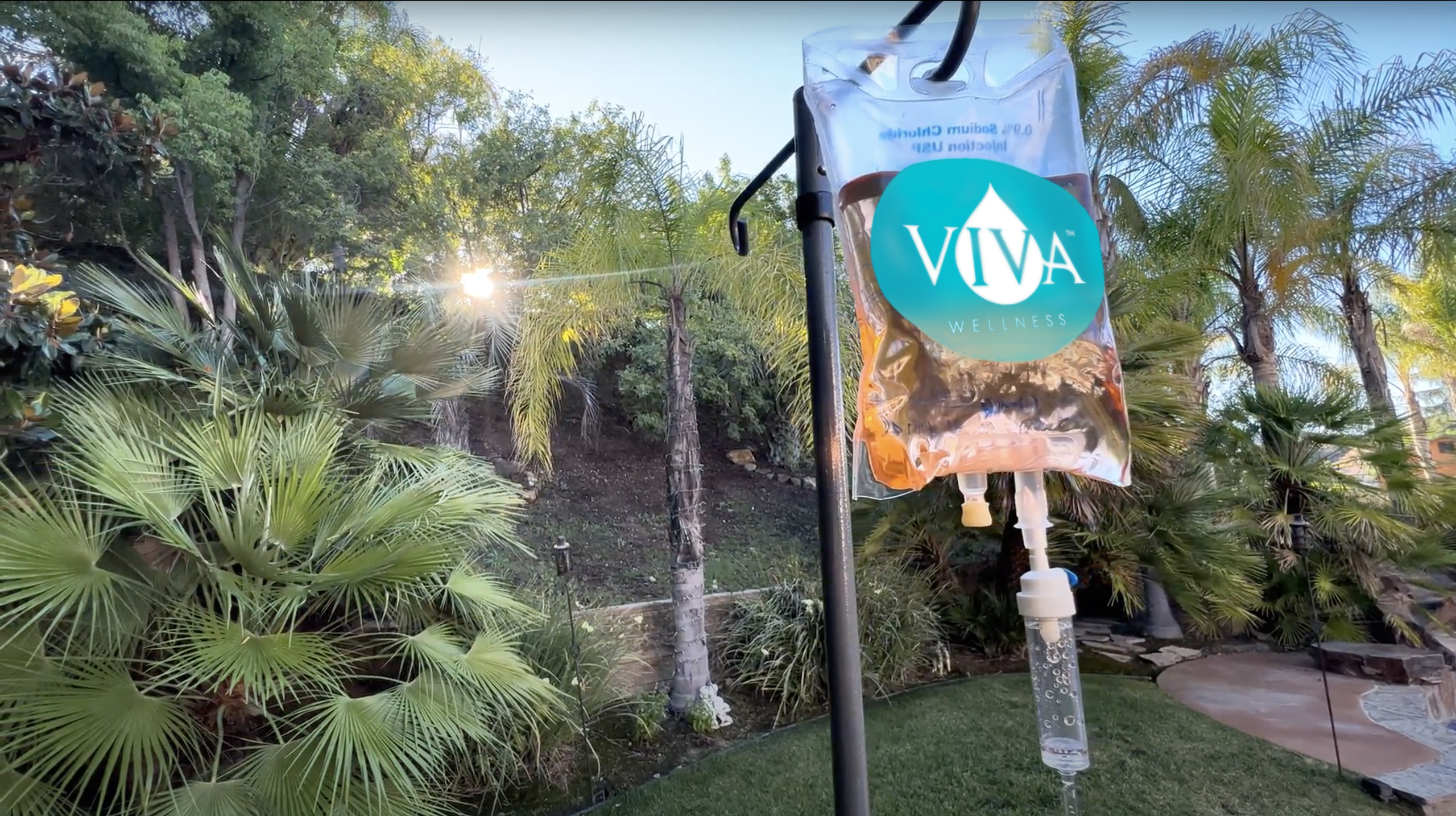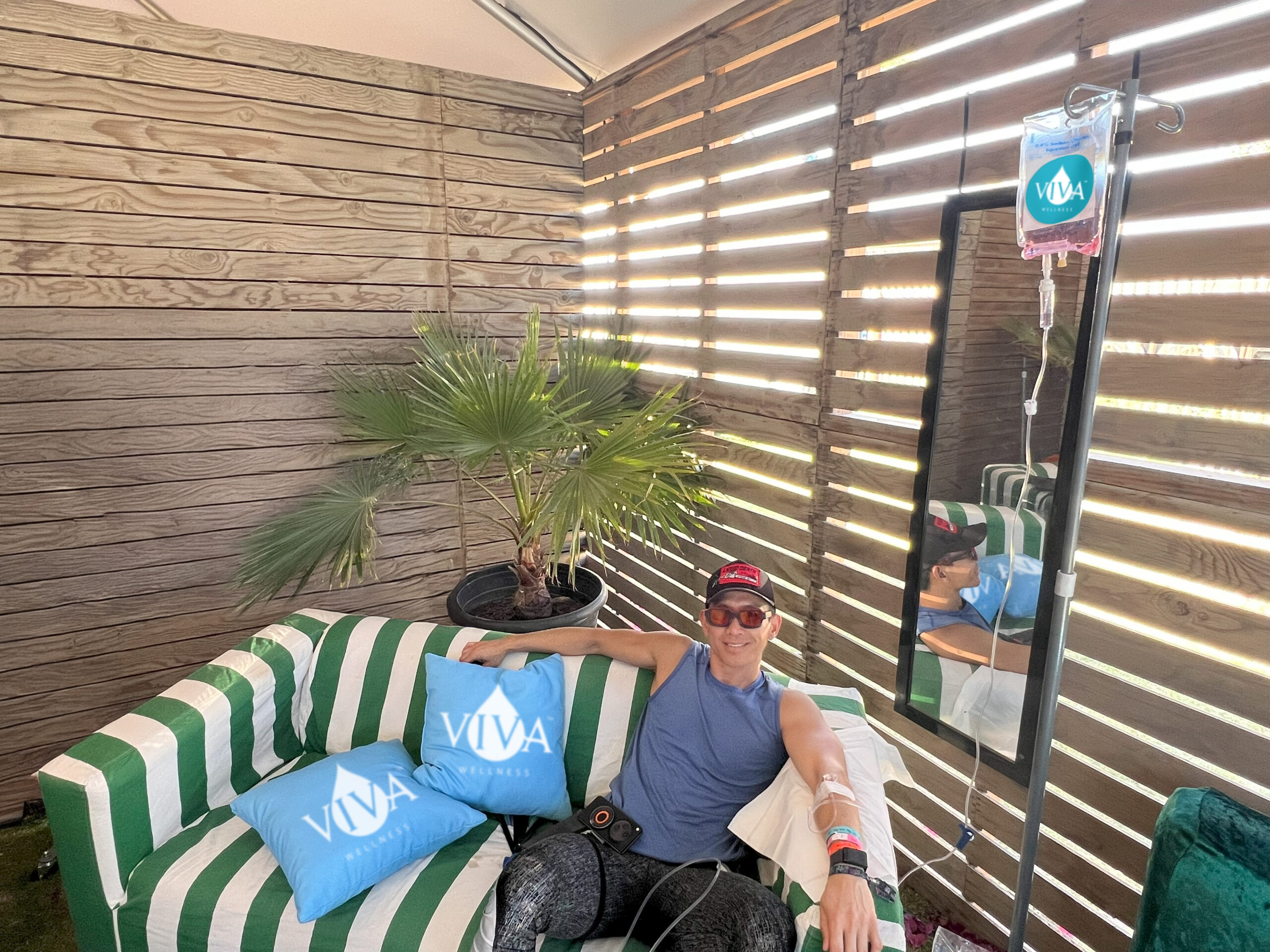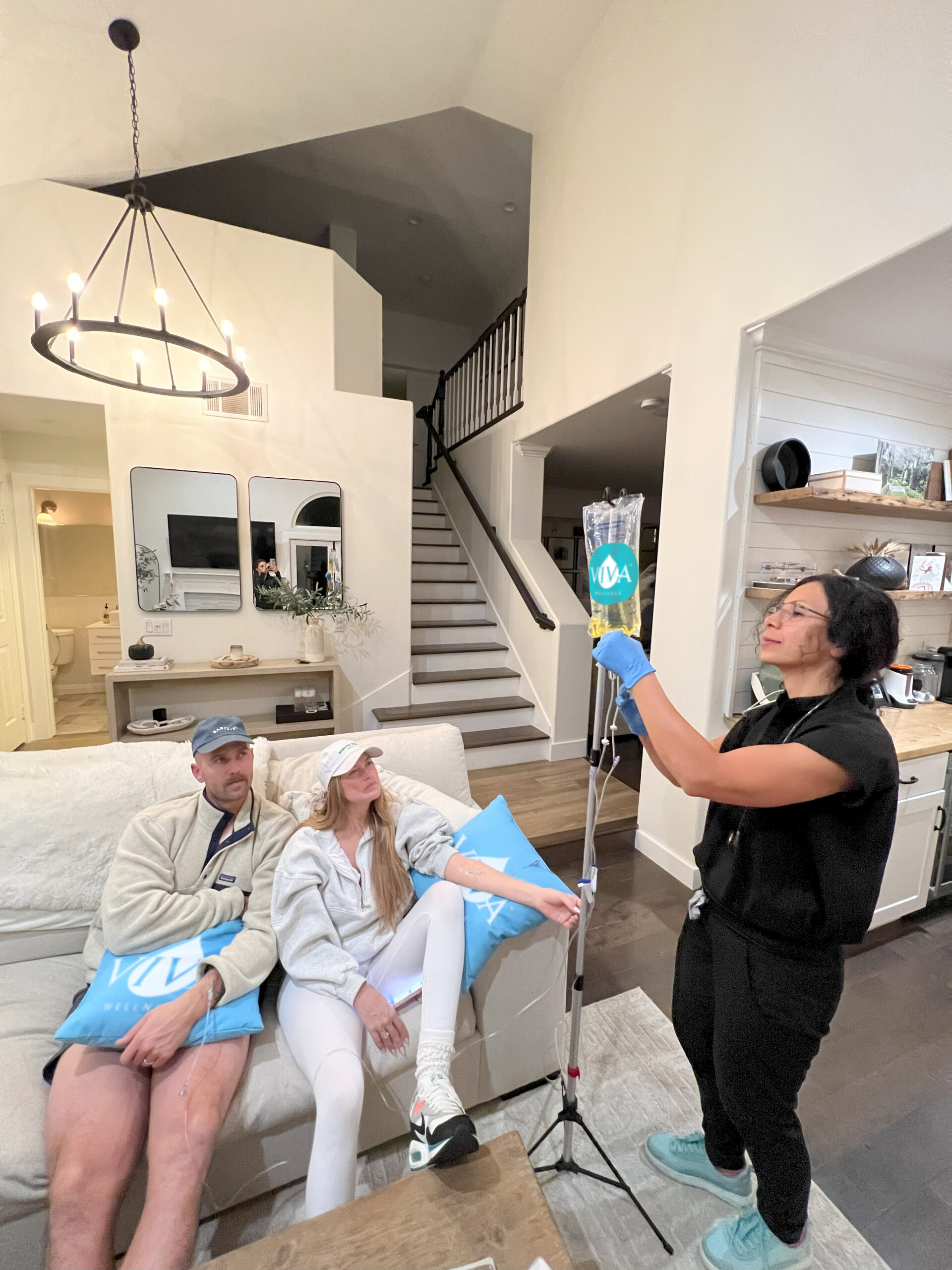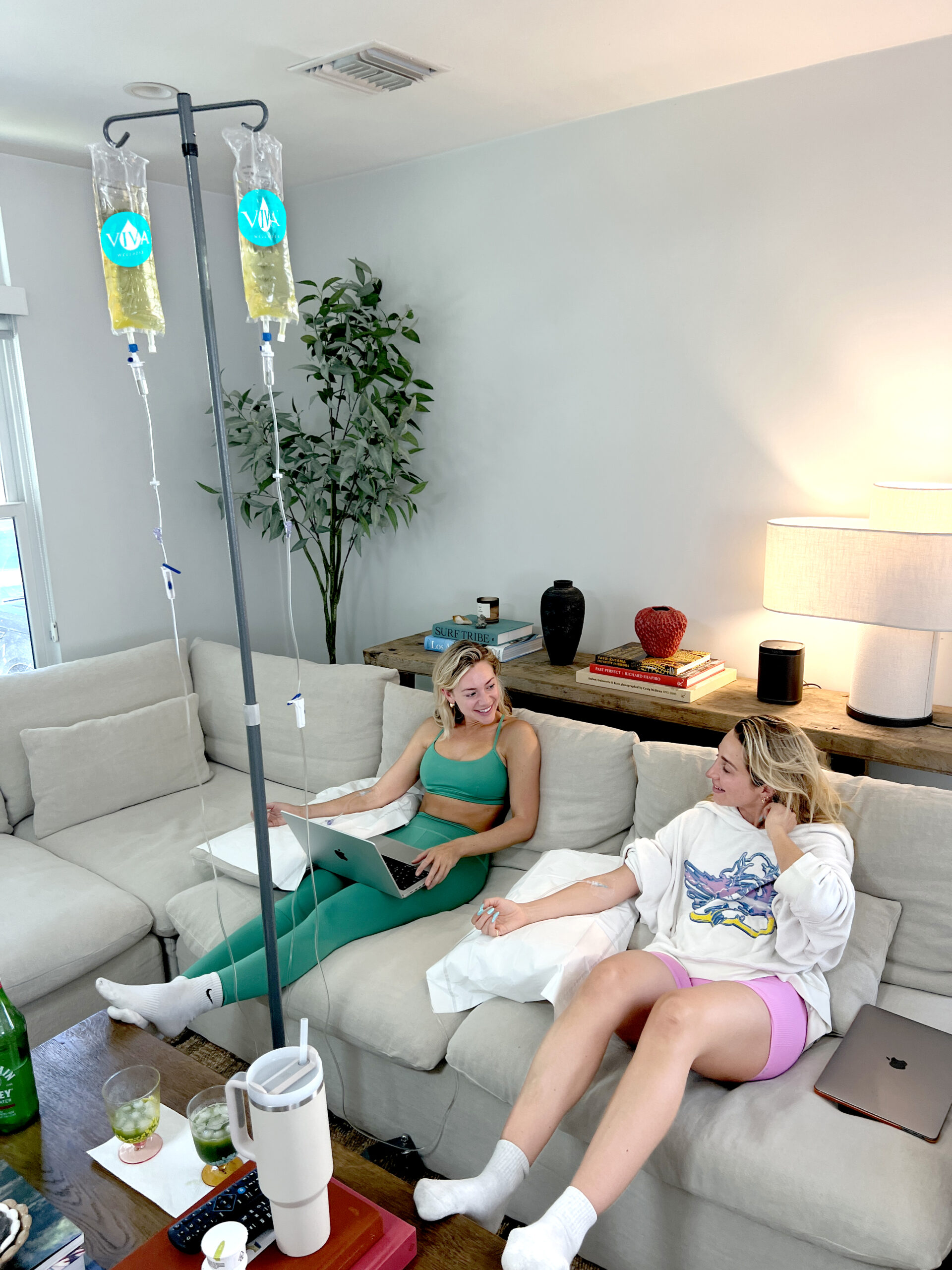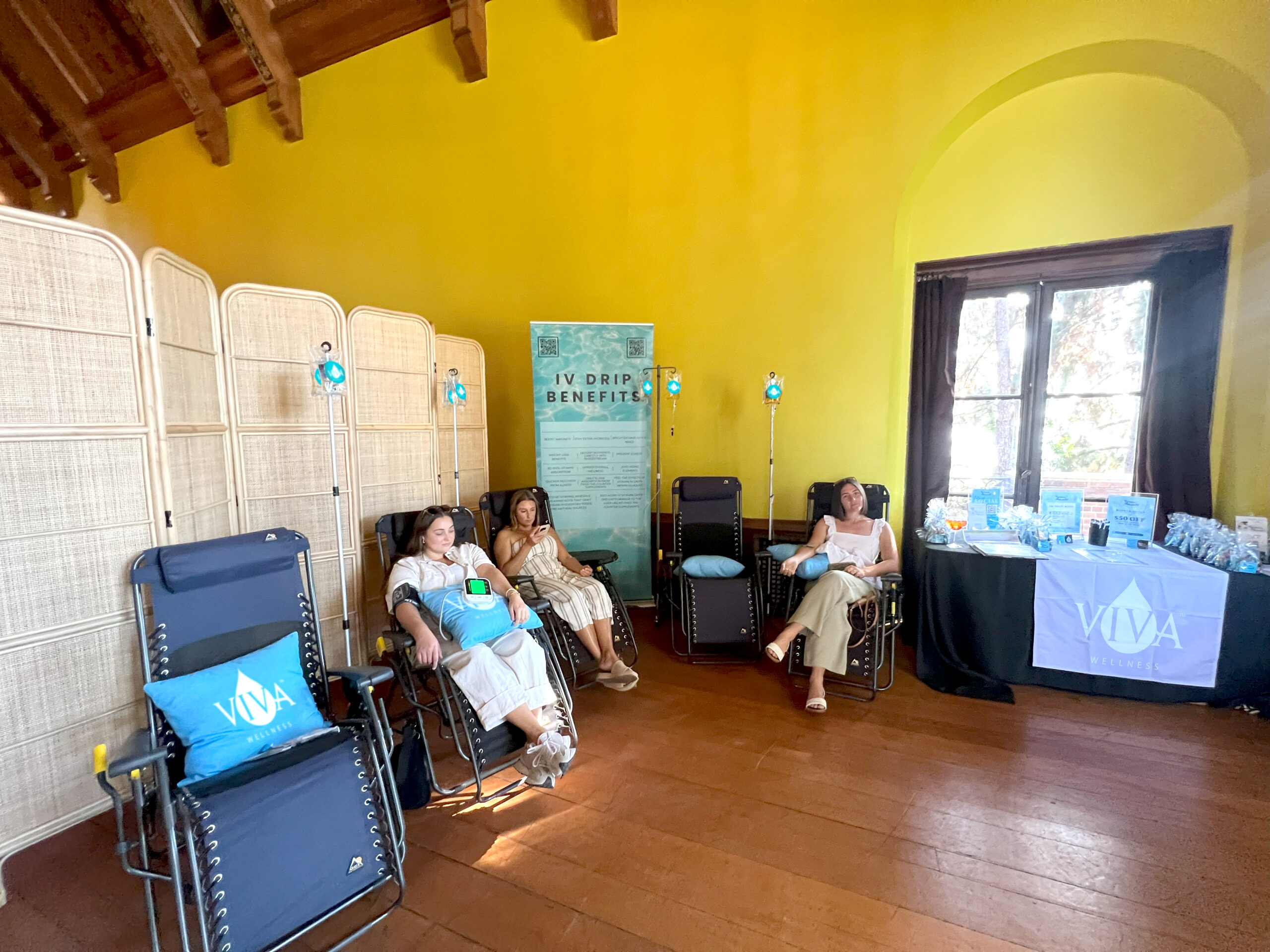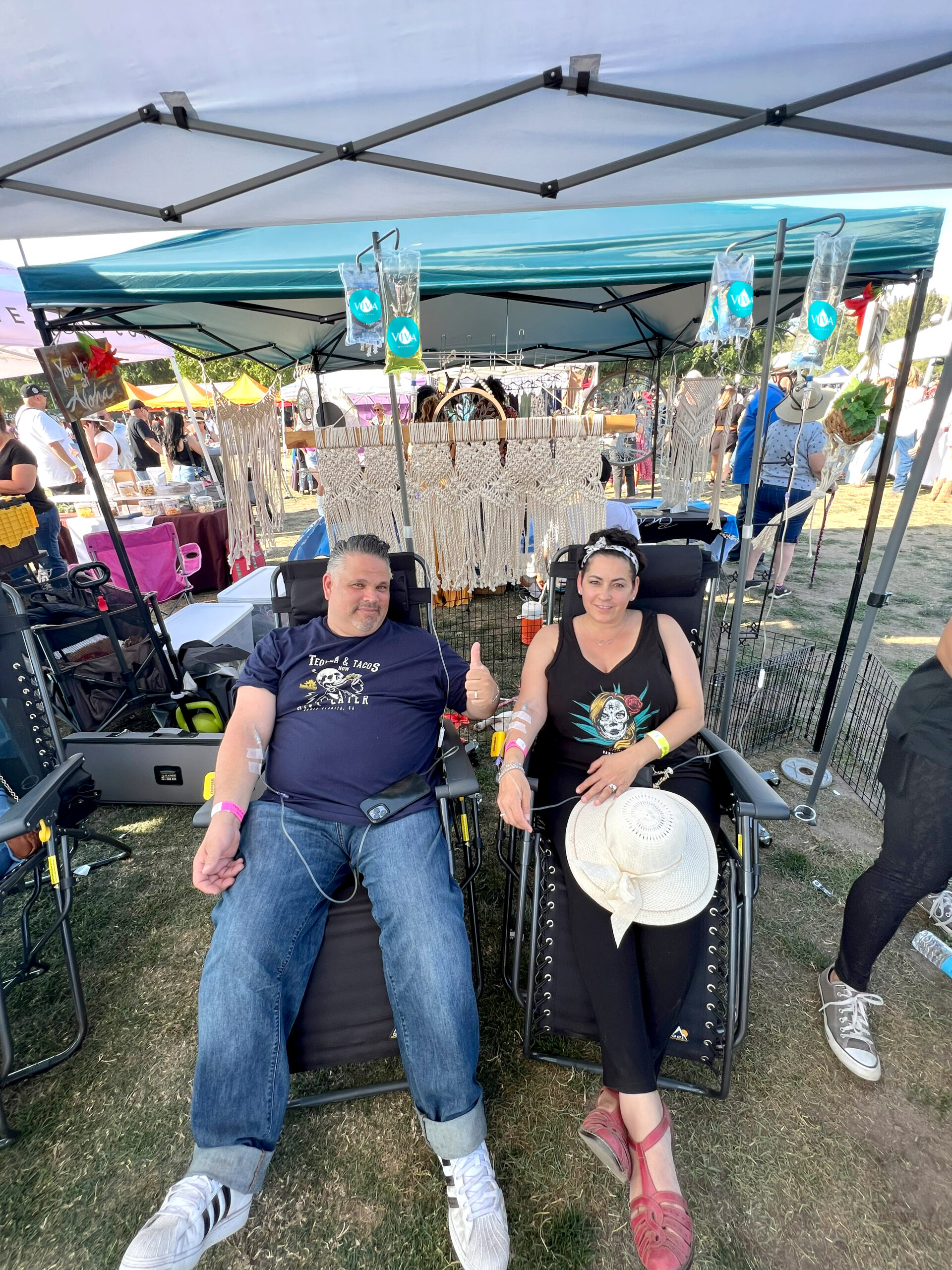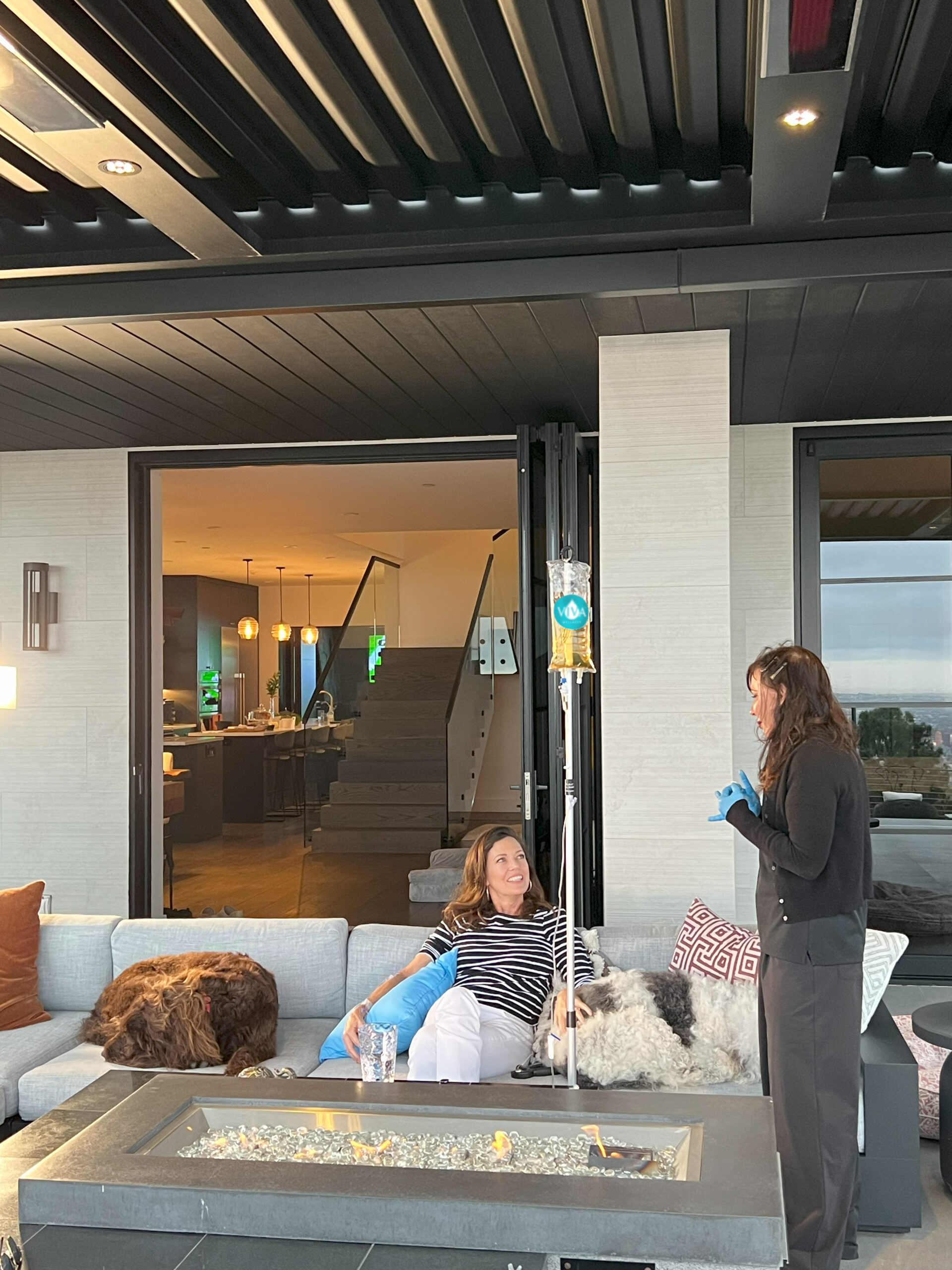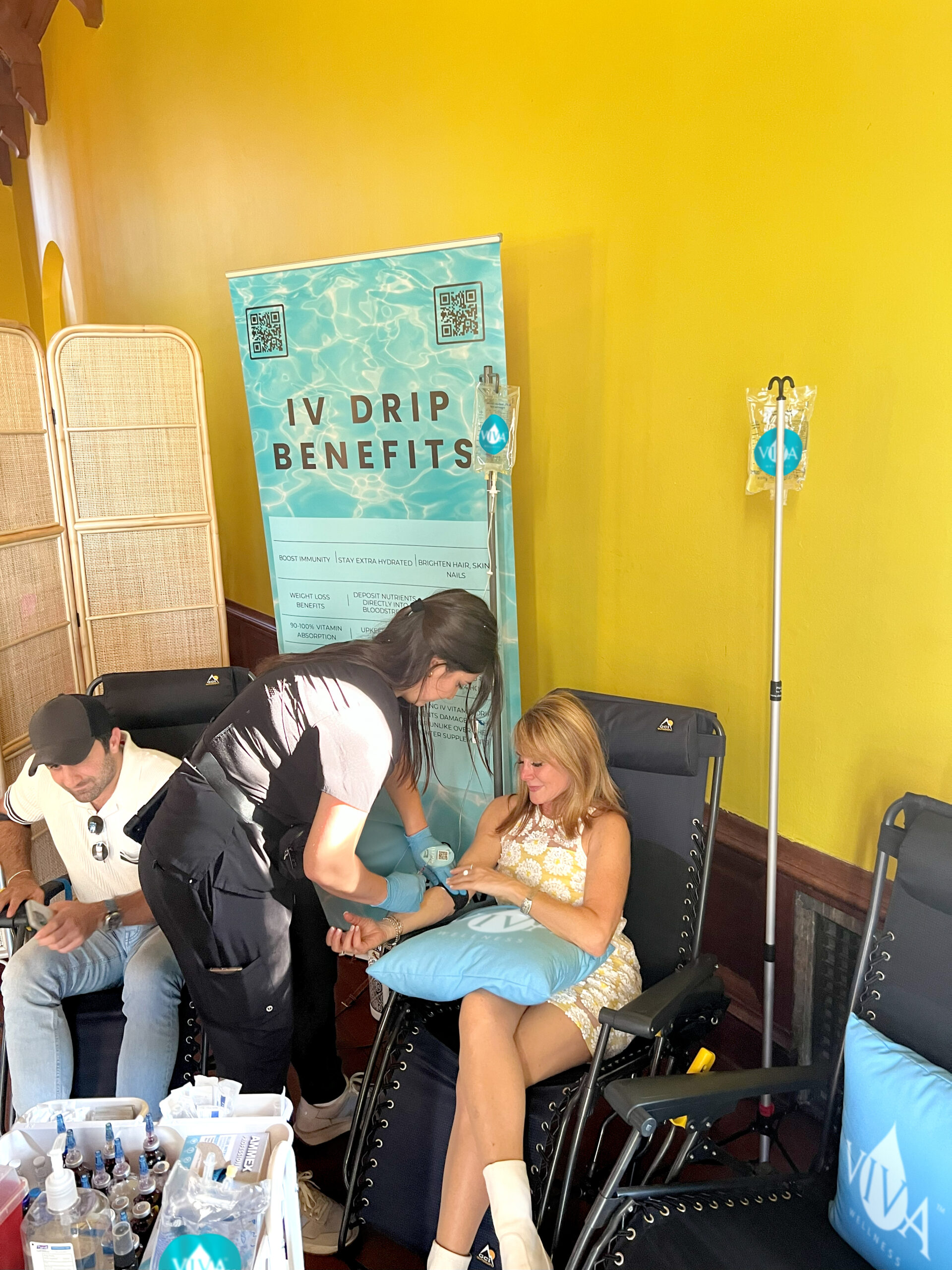Feeling tired or run-down lately? IV Therapy can quickly deliver fluids, vitamins, and nutrients straight into your bloodstream. This blog will show you how to get the best results from your session with simple, practical tips.
Key Takeaways
- Stay hydrated before your session to improve vein visibility and enhance IV fluid absorption. Avoid overhydration to prevent swelling or discomfort.
- Eat a light, balanced meal with water-soluble vitamins and potassium-rich foods like bananas for better therapy results and reduced side effects.
- Discuss your health history, allergies, medications, and therapy goals with the provider to customize the treatment plan safely and effectively.
- Relax during the session by listening to music, reading a book, or enjoying other calming activities for a more comfortable experience.
- Small preparations like hydration, nutrition, and open communication can greatly optimize your IV therapy’s benefits.
Unlock the Full Benefits of IV Therapy with These 5 Essential Tips
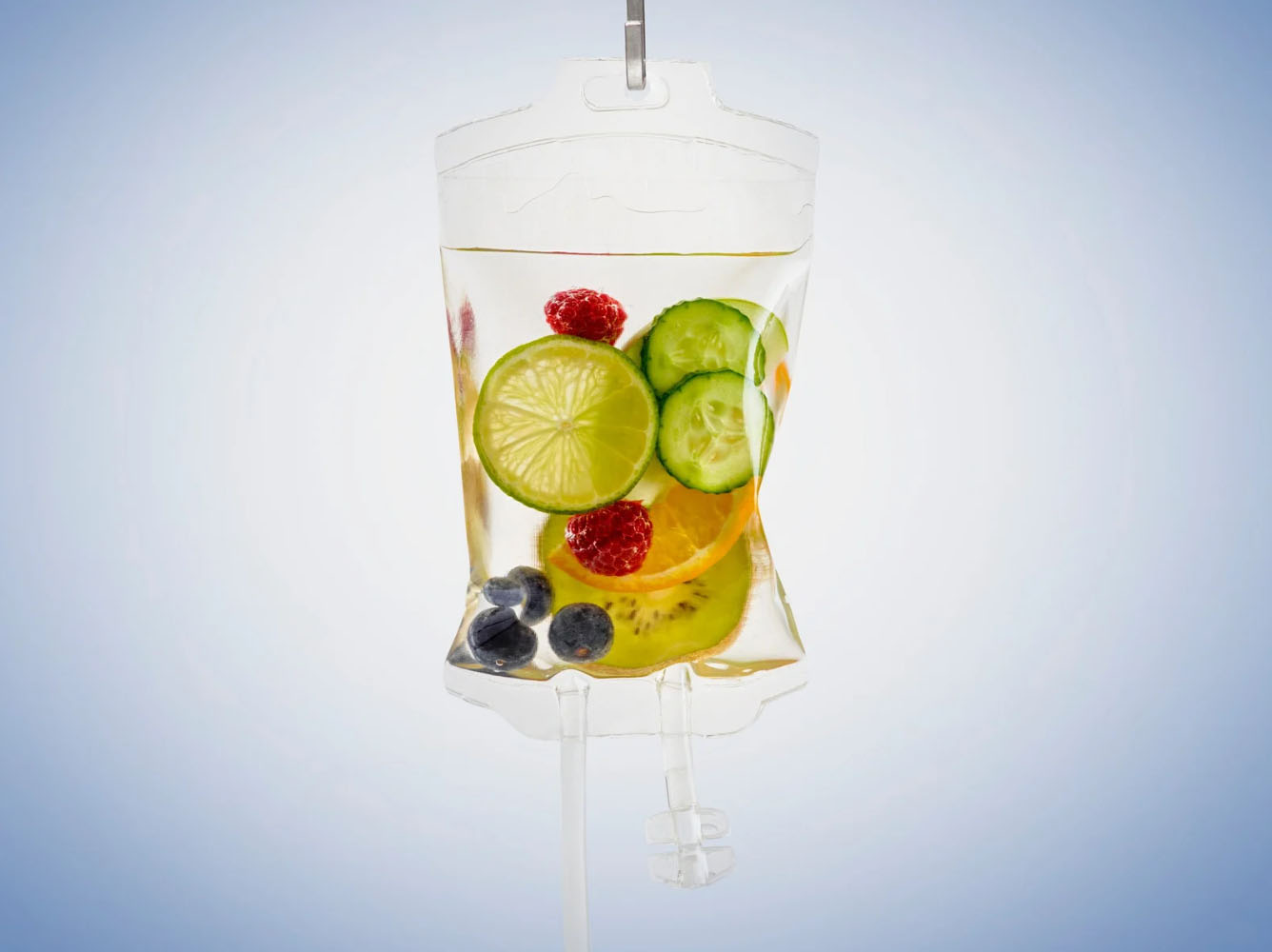
Prepare for Your IV Therapy Session
Walk into your session prepared to make every drop count. A little planning goes a long way in boosting the benefits of IV drip therapy.
Stay hydrated beforehand
Drink sufficient water before your IV therapy session. Staying hydrated helps your veins become more prominent, making it easier for the practitioner to insert the IV line into a vein.
Dehydrated veins can collapse or roll, causing delays.
Avoid overhydration as it may lead to complications like swelling or discomfort during treatment. Aim for balanced hydration instead of drinking excessive amounts in one go. This step supports optimal IV fluid absorption and enhances the therapy’s effectiveness.
Eat a light, healthy meal
Fuel your body with a balanced meal before IV therapy treatment. Eating foods rich in water-soluble vitamins—like Vitamin C and B-complex—can improve how well the drip works by supporting hydration levels.
A small portion of leafy greens, lean protein, and healthy fats can help stabilize blood sugar during intravenous infusions. Avoid greasy or heavy meals, as they may slow digestion and lead to discomfort during the session.
Consuming potassium-rich foods like bananas or avocados might reduce cramping linked to low magnesium from other conditions. Keeping your stomach lightly filled also prevents nausea when nutrients like thiamin are administered directly under the skin via an IV bag or cannula.
Share any dietary concerns so providers can adjust doses for better results at this stage of preparation.
Communicate Your Goals and Health History
Speak openly about your goals for IV hydration therapy. Share if you’re aiming for an energy boost, recovery after exercise, or relief from dehydration caused by stomach flu. Your provider can tailor the treatment to include vitamins and minerals like Vitamin B or electrolytes that fit your needs.
Discuss any past health issues, such as kidney stones, heart problems, or chronic asthma. Inform them about surgeries, allergies (like anaphylaxis risk), or medications you take. This helps prevent adverse reactions like abnormal heart rhythms or bruising during drug administration through IV lines.
Relax and Make the Most of the Experience
Settle in and let the infusion pump do its job while you recharge. Embrace the downtime—it’s a chance to boost mental clarity or just rest your mind.
Bring a book, music, or something to keep you comfortable
Enjoying IV hydration therapy becomes easier with a book or good music. A calming playlist can boost mental clarity during your session. Many people bring novels, podcasts, or audiobooks to stay entertained while the infusion pump works its magic.
Stress levels drop when you focus on relaxation tools like soothing melodies or gripping stories. These small comforts align with best IV therapy practices by helping you feel at ease throughout treatment.
Shift attention away from the needle and make time fly faster before moving on to the next section about communicating your health history and goals!
Conclusion
Get the most out of your IV therapy by planning ahead and staying informed. Small steps like hydrating, eating well, and sharing your health goals can make a big difference. Relax during the session to let it work its magic.
Your wellness journey deserves these little extra efforts. Keep optimizing for better health!
FAQs
1. What are the benefits of IV hydration therapy?
IV hydration therapy helps restore fluids, boosts energy, and supports overall wellness. It can also help with malnutrition, inflammation, and even a hangover.
2. How does IV vitamin therapy work?
IV vitamin therapy delivers vitamins like Vitamin B or Vitamin A directly into your bloodstream for faster absorption compared to oral supplements.
3. Can IV therapies improve fitness recovery?
Yes! Optimal hydration therapy replenishes lost nutrients and aids muscle recovery after workouts or intense physical activity.
4. Is IV therapy safe for people with kidney issues or renal disease?
If you have kidney damage or renal disease, consult your doctor before starting any IV therapies to avoid complications like fluid overload.
5. Are there risks involved in using IV treatments?
While generally safe when administered by professionals, risks include allergic reactions, cellulitis (skin infection), abscesses, or rare side effects like arrhythmias if not properly monitored.
6. Who should consider IV treatment during chemotherapy?
Patients undergoing chemotherapy may benefit from parenteral nutrition via IV to combat malnutrition and maintain strength during treatment sessions. Always follow prescription advice from your healthcare provider!
